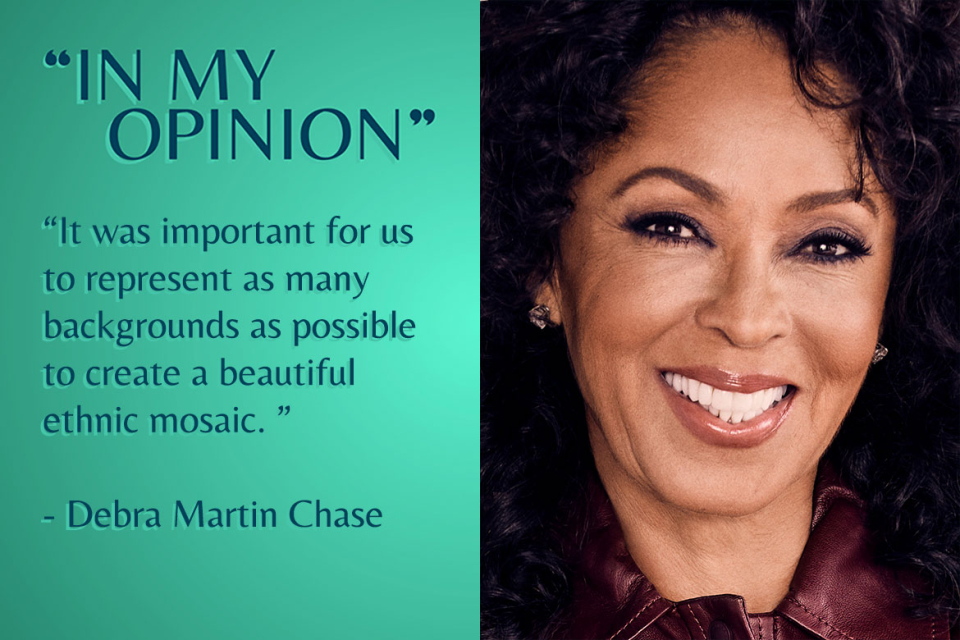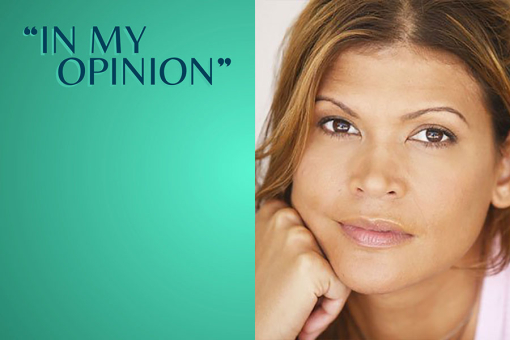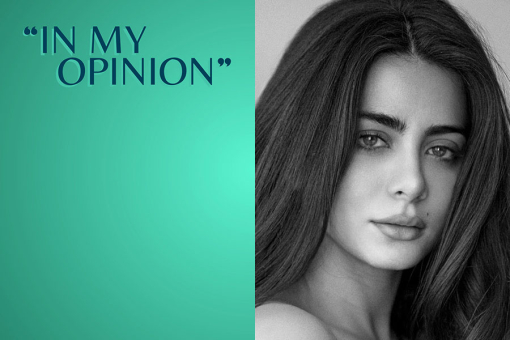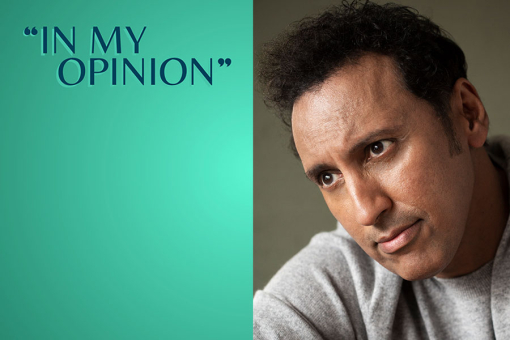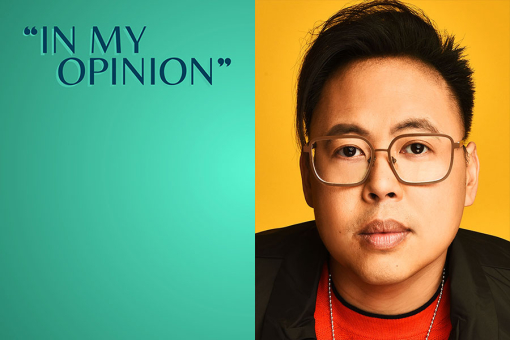When it was recently announced that Rodgers & Hammerstein's Cinderella would begin streaming for the first time on Disney+, two decades after its ABC premiere, I was overwhelmed with joy. In 1997, the beloved Whitney Houston and I had a company, Brown House Productions, based at Disney. A $12 million budget was greenlit to remake the classic starring Whitney as the Fairy Godmother and R&B singer Brandy as Cinderella. At the time, it was the highest production budget for a television movie and the first time a Disney feature would star a Black princess. It was the most difficult project I'd ever worked on but also one of the most fulfilling to bring to the small screen for many reasons.
Growing up, I saw very few people on television who looked like me and when they did appear, they were depicted in demeaning and stereotypical ways. Early on, I understood the negative effects those images could have, and I wanted to change that. Even though I didn't know anyone in Hollywood, I still made the momentous decision to quit my job as a successful corporate lawyer in New York City and try my best to break into the entertainment business.
When I first got to Hollywood, there were no producers who were women of color. My first job was working at Columbia Pictures with Frank Price. I remember when I would walk into meetings, people would mistake me for the secretary, or oftentimes assume I was there just to get coffee for everyone. It was an unfathomable idea for some people to believe that a Black woman could be an actual participant in the decision-making process. Negative on-screen portrayals of us reinforced off-screen prejudices and discrimination. I hoped that through my projects, I could combat this cycle.
While working on Cinderella, my producing partners Chris Montan, Neil Meron, and the late great Craig Zadan and I had the vision for a multicultural cast. Filipino American actor Paolo Montalbán was cast as the prince, Victor Garber and Whoopi Goldberg as the king and queen, and Bernadette Peters as the stepmother. It was important for us to represent as many backgrounds as possible to create a beautiful ethnic mosaic. Since this had never been done before, many doubted that it would be well-received. However, Charles Hirschhorn, the then-president of the Wonderful World of Disney, supported us as he knew that if we could just get Whitney Houston on primetime network television that it would be a main event. Still, the pressure was on as we were backing into a fast-approaching airdate on a tight production schedule.
Through it all, we were excited to add Cinderella to the genre of television musicals. Neil and Craig had just done Gypsy starring Bette Midler and it was a huge success that revived made-for-television musicals. While filming, we made sure everything was grand, from the dance scenes gorgeously choreographed by Rob Marshall to the ballroom scenes with the beautiful flowing dresses done by Ellen Mirojnick (who recently did the wardrobe for Bridgerton.) Each moment on set was memorable. One of my favorites of many was when Whoopi Goldberg mentioned that she wanted real jewelry to get into character as the queen. She was loaned a collection of items from Harry Winston valued at over a million dollars and had to have two conservatively dressed men following her around the entire time. We all had a great time on this production.
Rodgers & Hammerstein's Cinderella premiered to 60 million viewers and was a personal dream come true. I remember being a young girl and watching Lesley Ann Warren's version when it came on television once a year. I knew how much it would have meant to me to have a Black Cinderella. It's incredibly rewarding to be able to provide an image that I didn't have growing up to generations of Black children. In my work, I always look to tell stories that are meaningful and will have a lasting impact. Currently, I'm working with amazing showrunners Terri Edda Miller and Andrew Marlowe on CBS' remake of The Equalizer starring Queen Latifah. I believe there is no better time than now for a show like this to exist.
Many people in Hollywood have finally realized that diversity and inclusion are not just the right thing to do, but are good business. We still have a pipeline problem whereby there are not enough opportunities for diverse talent to gain valuable experience in front of or behind the camera. There are very few Black showrunners and this needs to change. We must work together to create job and mentorship opportunities for young people of color. The more we have experienced Black creators, the more we can continue to tell compelling stories that uplift and inspire.
Debra Martin Chase is a producer whose credits include Rodgers & Hammerstein's Cinderella, The Princess Diaries, The Cheetah Girls, Harriet, and The Equalizer.
Discover more "In My Opinion" articles.
The statements and viewpoints expressed in the article above are solely those of the author, and do not necessarily represent or reflect the opinions or viewpoints of the Television Academy, the Television Academy Foundation, or their members, officers, directors, employees, or sponsors.

